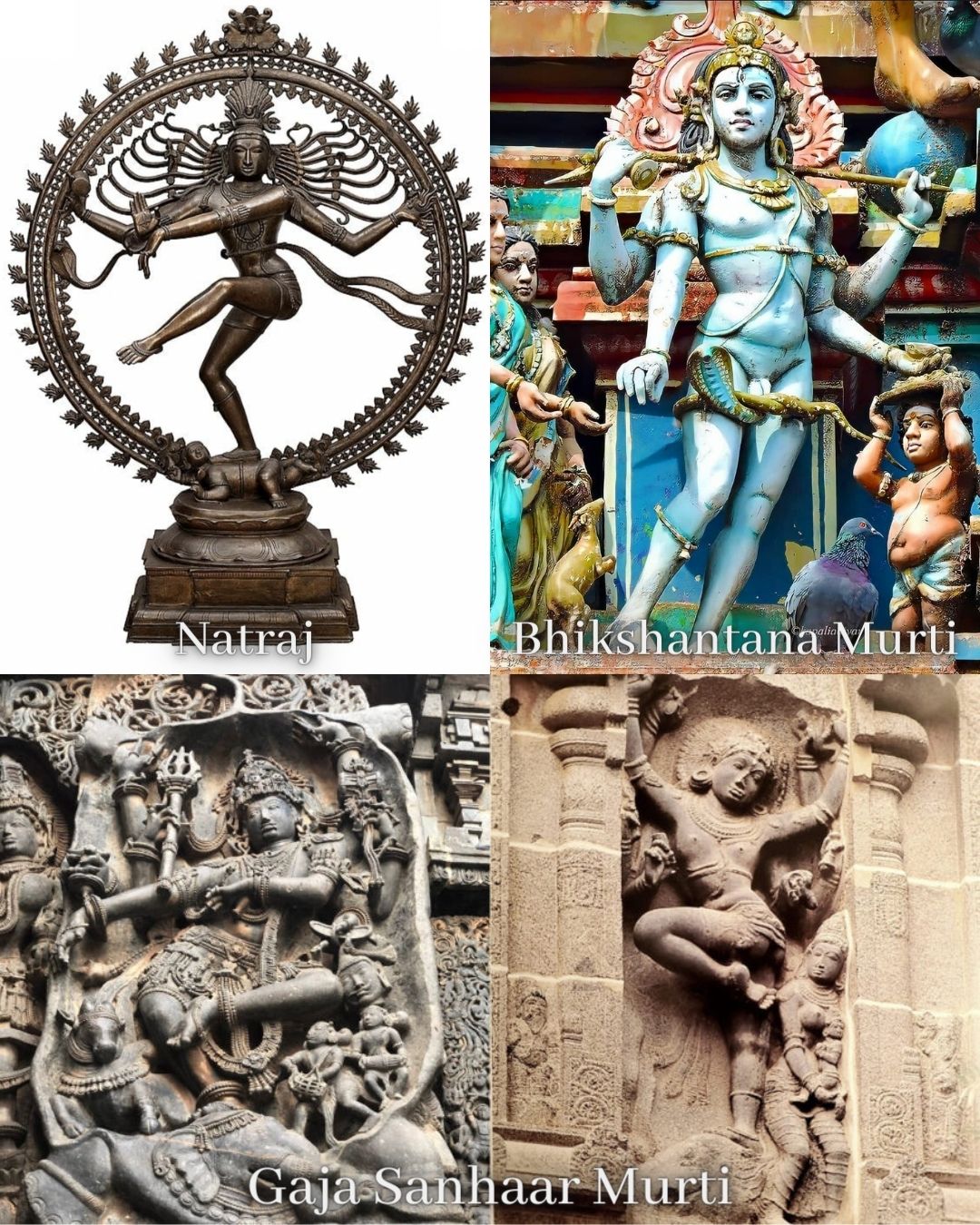Icons are objects through which worship is offered to God. Hence, Iconography means a detailed description of Icons. It is the classification or identification of an image according to what is seen and understood from the outwardly appearance. Iconology, on the other hand, literally means “the science of icons”. It also identifies and studies the inner layer that contains intrinsic meaning or content and underlying principles.
Mythology means a collection of myths, folklore or popular belief belonging to a particular culture or tradition which might not be true. It usually pertains to Gods, demigods, or legendary heroes. In most of the Indian temples, such scenes have been beautifully depicted through sculptures and relief architecture. We can decide and identify the images through Iconography and our knowledge of mythology is what helps us understand these stories better. Furthermore, with the use of Iconology deciphering exactly who the people/ beings are in the sculptures, what is it they are doing, the reason behind their actions, the weapons they are holding etc becomes much easier.
A point to be noted at this juncture is that all the above concepts, ie, Iconography, iconology and mythology are completely interlinked. It is unimaginable to try to understand one without knowing the other. Hence, for a dancer, to depict an episode onstage she needs to have complete knowledge of all these, to be able to justify her act onstage and make it clear for the audience to grasp as well. Most of our performances are based on Bhakti and are in praise of various Gods. Therefore, it becomes imperative to learn their iconography, Iconology and the myths regarding their existence and actions. These myths lead the story from one end to another creating a ripple effect of circumstances leading to the culmination of a final chapter/ episode which interconnects all the stories together seamlessly.
Let us take the example of the Iconography of Natraj. In order to understand this, we need to be familiar with three interconnected stories. The first one is of Lord Brahma who was besotted with his own daughter Satrupa and developed incestual feelings for her. Enraged at him, Lord Shiva cuts off Brahma’s fifth head. This brings us to the next story. As a result of cutting off Brahma’s head, he was cursed and sent to Daaruka Van as a beggar or Bhiksharthak. That forest had a group of very arrogant rishis who deemed themselves as supreme and did not believe in God. Upon seeing Shiva, the wives of the Rishis or Rishi Kanyas start following Shiva as he mesmerises them with his handsomeness and beauty. We can see the “Bhikshaarthak Murti” which shows these women following Shiva with their clothes falling off from their bodies. This makes the rishis extremely angry, and they start a Holy fire or yagya to create an elephant to kill him. But Shiva slays the elephant and wears his skin. This is depicted through the “Gaj Sanhaar Murti” in which he is shown standing on his right leg with left leg lifted in the Gaj Sanhaar pose. The rishis then send a snake and a tiger to kill Shiva, but he wraps the snake around himself and kills the tiger and wears its skin. Finally, the epitome of the Rishis’ ignorance, arrogance and evil creates a monster called “Apasmaara Purusha” who tries to kill Shiva. But Shiva kills him as well. It is the same figure upon which Natraj Stands with his right leg. This finally convinces the Rishis of the power of Shiva, a force much greater than what they thought of themselves.
Now when we see the Natraj Murti, we can see Shiva wrapped in a tiger skin, with a snake around his neck, standing upon a dwarf like Monster, none other than Apasmaara Purusha , do we understand the iconology behind it and without knowing the mythology surrounding it, comprehending this Sculpture completely would be very difficult.
Thus, we see the very close relationship between iconography, mythology and dance without which any dancer will fail to choreograph or emote using proper abhinaya or sanchaari in order to portray the story to the audience.



